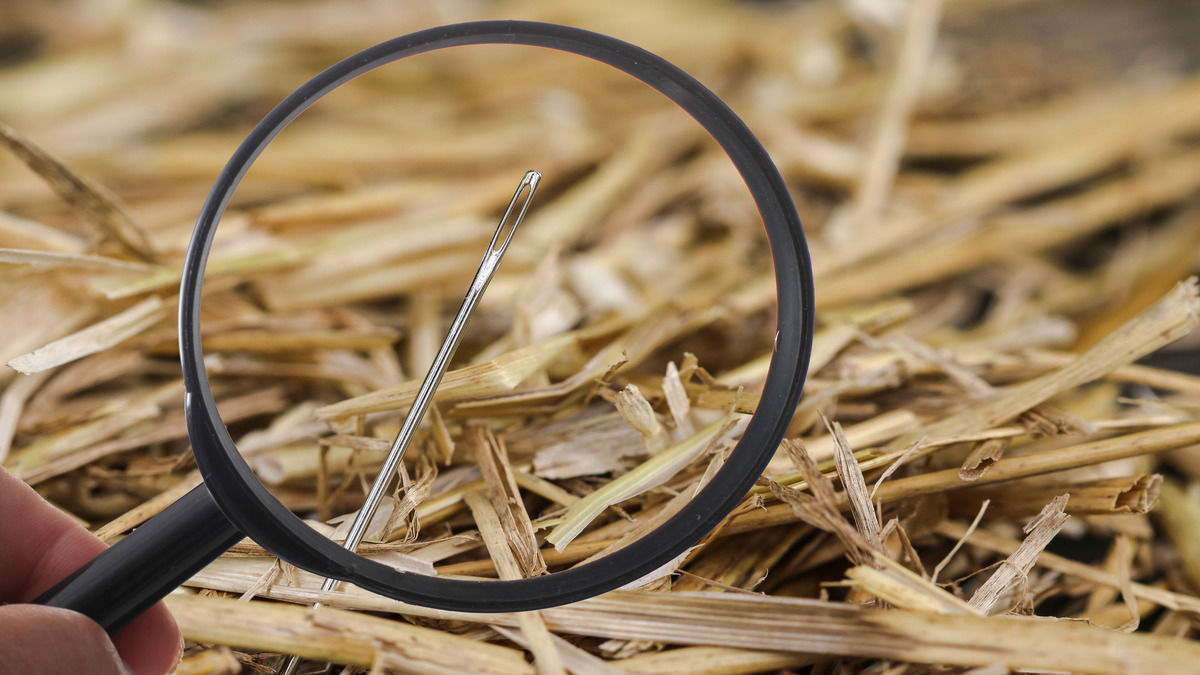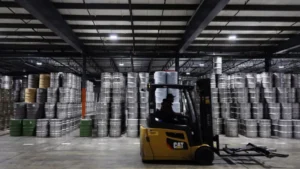Rare earths investment is driven by long-term demand
Demand could hit 7x current levels in just 17 years
Explorers now have a much higher understanding of REE project development
ASX juniors reaching for success
Companies with the minerals to prove up rare earths (REE) projects are looking increasingly likely to end up in the winner’s circle these days, yet there’s still a struggle to secure investment in the short term.
Not to worry though, because a new wave of REE explorers with a much better understanding of how to develop these projects are coming to the fore, which we’ll lay out in this, Part 1 of our REE Survival Guide series.
Sustained market demand and a lack of expertise
There’s a huge amount of upside to getting REE projects online, as governments around the world aim to drive the diversification of supply chains for technological advancements and clean energy goals.
The International Energy Agency says demand for REEs is expected to reach three to seven times current levels by 2040, driven by EVs, wind turbine production and other technological advancements.
Source: International Energy Agency.
Yet because production outside China has traditionally been – to put it bluntly, rare – it’s led to a lack of understanding of REE projects from investors in the West, leaving explorers screaming harder than most mining hopefuls for the backing they require to develop deposits.
It’s also been regarded as a relatively niche set of commodities to mine too, due to a shortfall of people with the right experience to navigate the exploration and development of REE deposits.
That’s been changing at pace.
Lessons from the past
Not without their struggles, REE producer Lynas (ASX:LYC) and developer Arafura Resources (ASX:ARU) are two examples of companies outside China that have been ahead of the pack in recent years.
It took LYC about two decades and lots of ups and downs to become the $6bn market-capped miner they are today. In 2015 the company was worth just $3m.
Its MD Amanda Lacaze, who’s steering the company’s Mt Weld REE project in WA, says the success of developing an outside-China industry is important for all of us.
“The main game is China, right? That is our competition,” Lacaze told our Stockhead Josh Chiat at the annual Diggers & Dealers conference in Kalgoorlie last year.
“For the rest of us, our success is going to be about building this outside-China industry. Otherwise, we simply produce material that ends up going into China for finishing and further value-adding.”
Arafura believes it’s well on its way to emulating LYC’s success with its $1.6bn Nolans neodymium-praseodymium (NdPr) operation in the NT, which once developed, is pegged to produce 4,400tpa NdPr for the next four decades.
The explorer started focusing on Nolans’ NdPr endowment in 2008. It’s been a long and arduous journey for both of them, yet global pivots away from Chinese production and processing as well as growing demand have changed the landscape for juniors.
Searching for value
Those lessons are quickly being learned and Stockhead spoke to Heavy Rare Earths (ASX:HRE) exec director Richard Brescianini who says he sees a wave of ex-China REE explorers beginning to realise exactly how to prove up deposits into production with lower capex and higher returns.
“We’re fast getting to the point where we have a very high level of understanding without having to go into pre-feasibility or other studies which can be expensive early on in the discovery phase,” Brescianini says.
He reckons there’s three classes of REE projects to consider when looking to invest.
“There’s some who are just sort of starting out and they’re just starting to drill some holes, trading on the fact of showing the market they’ve got a great intercept – and granted there’s some excitement to that,” Brescianini says.
“Then there’s the class of projects that have a resource in place already and any further drilling would likely just be to get the reserves under control, but it’s probably best not to do that until you understand the metallurgical process of your deposit – that’s where we are at the moment.
“And that’s really the bottom line for us. We have a large resource and substantial growth potential for turning those resources into reserves assuming that our metallurgical process can deliver something viable.”
He’s alluding to HRE’s flagship 159Mt Cowalinya REE project – which we’ll talk about soon.
“The third are those that are really showing good progress – particularly in the emerging clay space, particularly in Brazil where they are advancing and showing good progress in metallurgy and advancing quickly to scoping and PFS studies,” Brescianini says.
“You’ve then also got a bunch of hard rock explorers already knocking on the door of financing.
“At the end of the day, it all comes back to capital and operating costs, the ability to recover REEs and how to suppress the impurity elements in processing to produce a rare earth carbonate.”
Running a tight ship
Brescianini says he also values transparent reporting, management experience and a strategy in place to mitigate difficult calls that may need to be made as companies develop their projects.
“Investors have got to take a look at that and say what are the chances they’ve actually got something that’s viable on their hands that then allows them to raise more money to go out and do, say, more drilling or to start feasibility studies,” Brescianini says.
“As an example, to build a greater resource inventory that demonstrates that they can produce something over a 30 or 40-year period because of the throughput required, you’re going to need some big, big tonnes sitting out there to justify raising more money.
“All these different classes of deposits at different points of the value chain means there’s no shortage of choices for investors.”
Explorers looking to do it right
Brescianini is charged with progressing the development of Cowalinya near Norseman, WA – a clay-hosted deposit with a 159Mt @ 870ppm total rare earth oxide (TREO) resource that within it contains valuable magnetic rare earth oxides (MREO) such as NdPr.
The company has nearly completed crucial metallurgical testwork which recently showed “excellent” MREO extraction to leach as high as 92.3%, and acid consumption as low as 3.8kg/t.
HRE says once all results are in, the data will lead to larger-scale piloting and commercial analysis of Cowalinya.
Explorer DY6 Metals (ASX:DY6) just completed geological programs at its Salambidwe REE-niobium project in southern Malawi and sees an ‘enticingly large target’ after expanding the Western Zone to ~1,700m in length and the Eastern Zone to ~1,500m.
Results from a 128 soil and 386 rock chip sampling program returned up to 1.21% TREO and 0.12% niobium and DY6 is now in the process of defining priority targets from within those zones for drill testing.
The company is also exploring its flagship Machinga, where eight diamond drill hole results showed an average of 29% heavy rare earths in TREO within a strongly mineralised hydrothermal breccia system.
Stay tuned for Part 2.
At Stockhead, we tell it like it is. While Heavy Rare Earths and DY6 Metals are Stockhead advertisers, they did not sponsor this article.
This article does not constitute financial product advice. You should consider obtaining independent advice before making any financial decisions.
The post REE Survival Guide – Part 1: Rare earths explorers are getting smarter – here’s what to look for appeared first on Stockhead.






















